What's so special about Bengal?
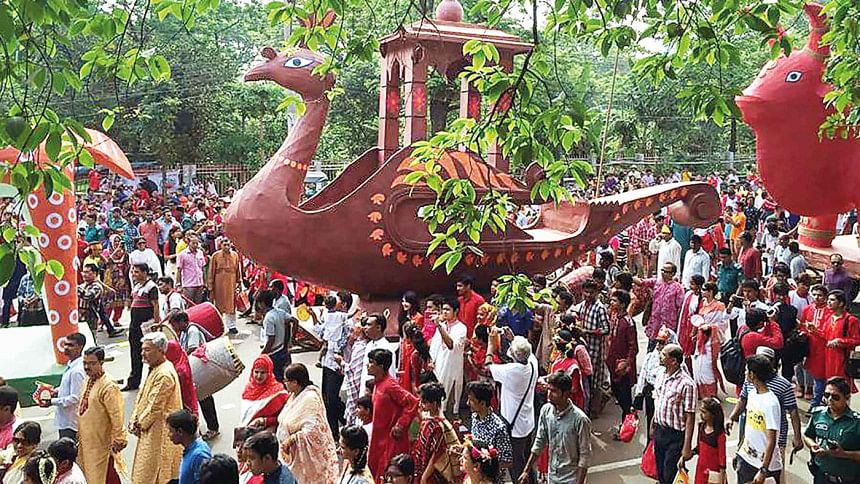
If you are looking for ancient history, Bengal's achievements are clearly limited. The Indus Valley Civilization that immensely enriched the sub-continent in the third and second millennia BC hardly reached Bengal. No part of the Vedas and the Upanishads is known to have been composed in Bengal.
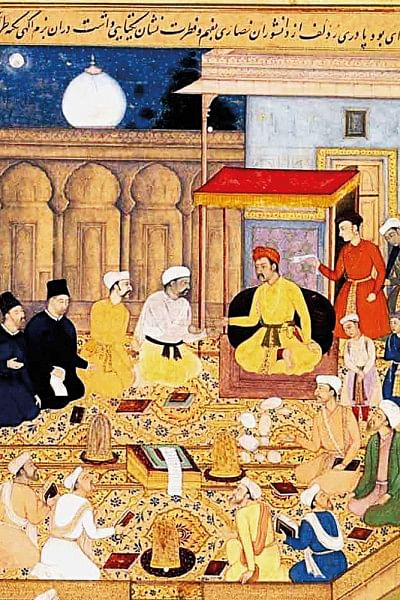
The great advances of mathematics in the first millennium that came from the works of Aryabhata and his successors covered a huge span of the country — from Kerala to Bihar — but Bengal was out of it all. When al-Beruni, the great Iranian mathematician, roamed around the sub-continent in the early eleventh century in pursuit of the current state of Indian mathematics, he did not bother to visit Bengal.
There is nothing in Bengal's history to match the ancient glory of Patna or Ujjain or Benares, or the medieval splendour of Agra or Delhi or Jaipur. Yet it is possible that being somewhat left behind over a long stretch of history has made it that much easier for Bengal to develop its peculiar combination of open-minded receptivity and cultural pride.
To cut a long story short, the pride that is taken in Bengali culture, which is very strong — sometimes distressingly so — is like that of a cook about the excellence of what she has cooked, not at all about the indigenous origin of every element of the cooking style or ingredient.
Rabindranath Tagore presented a spirited defence of receptivity in a letter to Charlie Andrews:
"Whatever we understand and enjoy in human products instantly becomes ours, wherever they might have their origin. I am proud of my humanity when I can acknowledge the poets and artists of other countries as my own. Let me feel with unalloyed gladness that all the great glories of man are mine."
The Hindutva movement that stormed over a huge part of India over the last couple of decades did not get any serious popular response at all in West Bengal. There are many different reasons for this (including the burying of the sectarian hatchet by the force of contemporary — intensely secular — Bengali politics), but the Hindutva movement's "localist" passion for claiming and glorifying indigenous roots of all Indian achievements had no significant resonance in Bengal.
Catholicity in this sense also has a bearing on the acceptance of people of many faiths, with varying backgrounds, some with religious ancestry in other countries. When Rabindranath Tagore told his Oxford audience, with some evident pride, at his Hibbert Lectures in the early 1930s that he came from "a confluence of three cultures, Hindu, Mohammedan, and British," this was both an explicit negation of any sectarian identification, and an implicit celebration of the dignity of being broad-based, rather than narrowly confined.
A similar catholicity can, of course, be seen, among other traditions, in the history of the entire sub-continent, as I have discussed in my book The Argumentative Indian. Plural tendencies have been widely present everywhere in the sub-continent. And yet the relative force and the propensity to use the respective tendencies have varied between different regions.
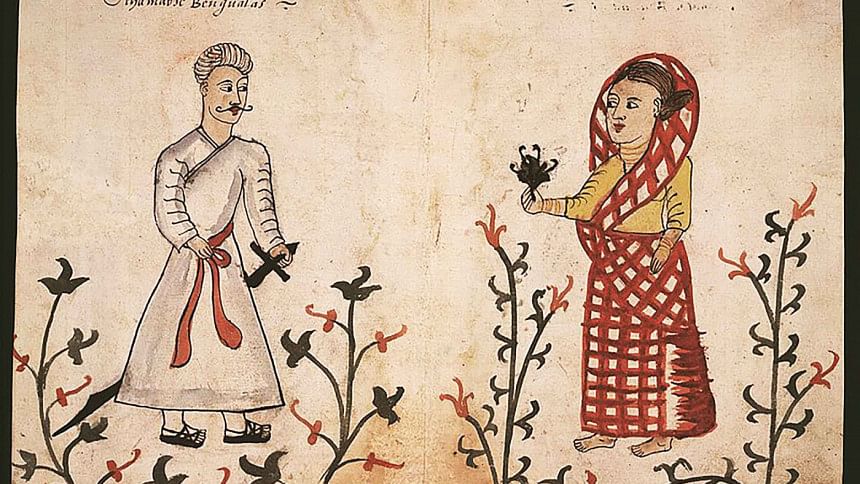
When Buddhism disappeared as a practice from much of India after a thousand years of dominance, it continued to flourish in Bengal up to the late eleventh century, with the Buddhist Pala kings representing the last bastion of Buddhist regal power in India. Between the end of the Buddhist rule and the Muslim conquest of Bengal — by the Pathans and the Turks — in the early thirteenth century there is only a thin slice of revivalist Hindu rule for less than two centuries.
As it happens, the early Muslim kings of Bengal, who had learned Bengali despite coming from elsewhere, were sufficiently impressed by the multi-cultural history of the region to commission good Bengali translations of the Sanskrit epics, the Ramayana and the Mahabharata. This was in the fourteenth century. There are moving accounts of how one of these Muslim kings wanted to hear those old Sanskrit stories again and again every evening. They were not, of course, abandoning Islam in any way whatever, but they were also establishing non-religious affiliations in addition to their own religiosity, showing — seven hundred years ago — that a person's religious identity need not squeeze out every other aspect of a person's life and attachments.
The issue of multiple identity is quite central to understanding contemporary Bengal — on both sides of the border. Bengal did have its own share of terrible communal violence between Hindus and Muslims during the 1940s immediately before the partition. But within very few years of separation, Bangladesh, with its overwhelmingly Muslim population, burst into the celebration of Bengali language and culture, which would unite Muslims and Hindus, rather than putting them in warring camps.
If one reads the large circulation newspapers in Bangladesh today, like Prothom Alo or The Daily Star or Sangbad, one can see how the concerns of the ordinary Bangladeshis go far beyond religion into language, politics, secularism, and also embrace a kind of affirmation of borderless global identities that live side by side with Bengali, Muslim, and Bangladeshi identities.
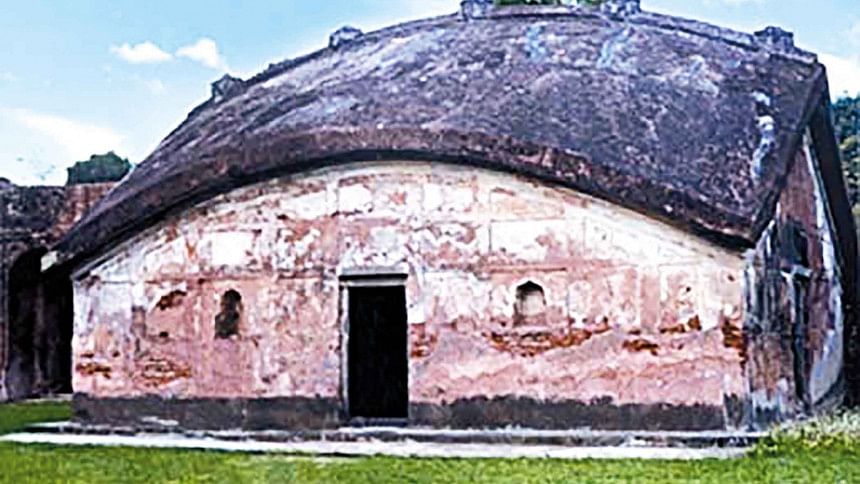
In West Bengal in India, too, the recognition of multiple identities has been strong, but given the dominance there of parties on the left (West Bengal has the longest history of democratically elected communist government in the world), class and inequality have played the leading part in making religious politics look oddly dilapidated and medieval.
When Bengal's history is discussed, it is possible to point both to great records of multi-cultural tolerance and pride and to outbursts of bigotry and sectarianism. But the invoking of history is never quite independent of its contemporary relevance. The modern European or American looks for sources of the "Western tradition" in, for example, ancient Greece and Rome, and rather than searching "Western" ancient in the much longer history and larger spatial coverage of the rules of Goths, Visigoths, Ostrogoths, Vikings, and others.
The choice from history is, in this sense, always selective, when the focus is on its contemporary relevance (rather than attempting to portray some kind of an aggregate picture of "what is was like then," or, for that matter, what would emerge from random selections from history).(1) What is relevant, therefore, is to see what was there that is of interest today, and this is the way the present secularist and tolerant culture in Bengal, on both sides of the border, has tended to draw on Bengal's long history. And that history does indeed offer a huge store of multi-identity interactions and creativity.
Before I end, let me refer quickly to one particular evidence of living multi-cultural integration, which is largely forgotten now, but has, in fact, a remarkably long history, in the form of the Bengali calendar, called the "San." It is the only extant calendar in India in which a remnant influence of Emperor Akbar's abortive attempt at establishing an all-India non-denominational calendar, the Tarikh-Ilahi, survives.
As the end of the first millennium in the lunar Muslim calendar, Hijri, approached in the late sixteenth century, Akbar wanted a multi-cultural calendar for India, that would be solar, like the Hindu or Jain or Parsee calendars, combined with some features of the Hijri in it. The zero year was fixed at 1556 (the year of Akbar's ascendance to the throne), which corresponded to 1478 in Hindu Saka calendar and to 963 in the Muslim Hijri.
The Tarikh-Ilahi never caught on, despite its use in Akbar's own court. But it influenced the traditional Bengali calendar which got renumbered at the zero year of Akbar's Tarikh-Ilahi, putting the clock back from the Hindu 1478 to the Muslim 963. However it remained solar as in the earlier Bengali calendar, so in the years since that time, the slow-moving Bengali San (as slow as the Hindu Saka calendar and the Christian Gregorian calendar) has moved rather less forward than the Muslim lunar Hijri calendar (with its year of 354 days, 8 hours, and 45 minutes in solar reckoning).(2)
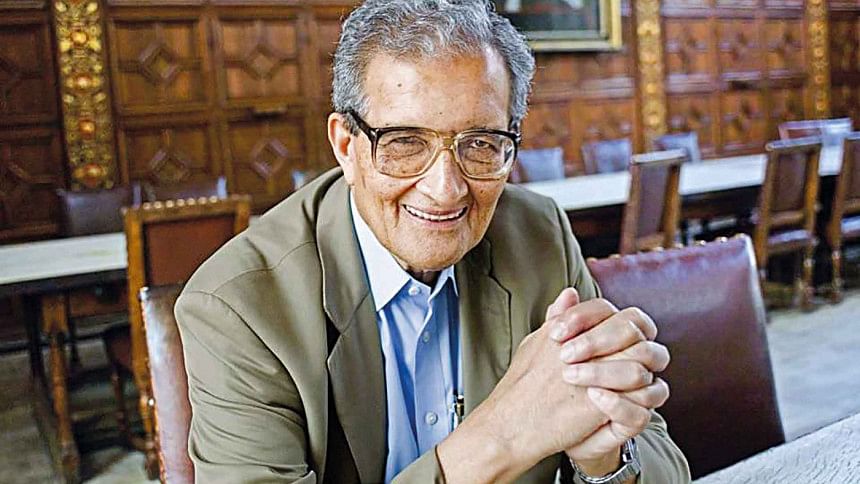
It is year 1413 in Bengali San now. How do we interpret it, then? The answer is that it commemorates, in effect, Prophet Mohammad's move from Mecca to Medina, the origin of the Hijri calendar, in a mixed lunar-solar system of counting — Muslim lunar until 963 and Hindu solar since then to 1413 today.
A religious Hindu may or may not be aware of this link with the Prophet when he or she invokes this date in a Hindu ceremony (the San is important inter alia for these ceremonies as well), but this is inescapable given the integrated nature of Bengali traditions, going back many centuries.
I leave the large community of followers of Samuel Huntington's thesis of "the Clash of Civilizations" to figure out whether the Bengali San is a part of what he calls the "Hindu civilization" or of the "Muslim civilization," between which such a sharp dissonance is seen. History is, often enough, not as confrontational as it looks to cultural separatists.
References:
1. I have discussed this methodological point in "Our Past and Our Present," Economic and Political Weekly, November 2006.
2. On this, see my The Argumentative Indian (Delhi and London: Penguin Books, 2005).
Amartya Sen won the Nobel Prize in 1998. He is one of the world's foremost public intellectuals and scholars.
The article was first published in Forum, The Daily Star in January, 2007.
Guidelines for In Focus submissions:
The Daily Star In Focus welcomes your submissions on issues that are relevant, timely and of public interest. If you want to submit an article or pitch an idea for an article for the page please email us at [email protected]

 For all latest news, follow The Daily Star's Google News channel.
For all latest news, follow The Daily Star's Google News channel. 


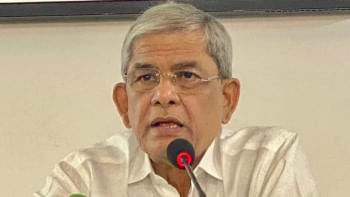
Comments